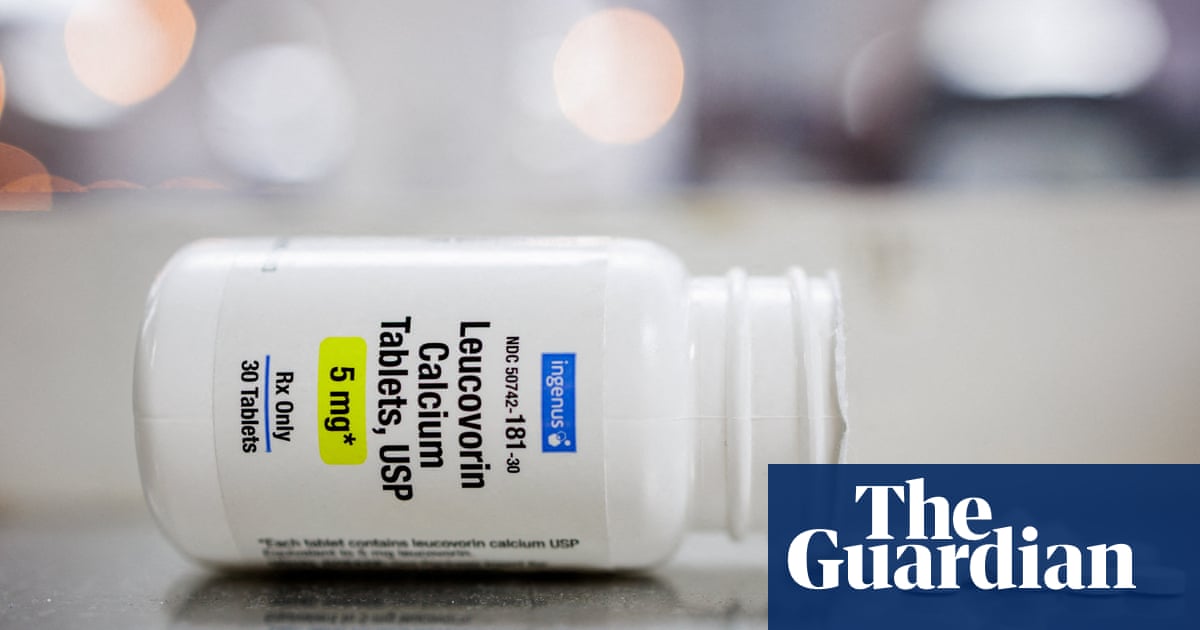Experts are racing to treat nearly a dozen infants in Utah who were exposed to measles at their doctor’s office.
Officials from the Bear River Health Department in Utah said this week that 11 infants were exposed to the virus after visiting the same clinic as a patient with measles on Monday, September 15, in Logan, a town 80 miles outside Salt Lake City.
All of the infants were under age one, meaning they were too young to receive the measles, mumps and rubella (MMR) vaccine. It is unknown how old the infected patient is.
The MMR shot is given in two doses to children between ages 12 and 15 months and again between ages four and six.
The health department said that Utah keeps a stock of post-exposure prophylactic (PEP) globulin, an antibody-based treatment used to provide short-term protection against infectious diseases like measles, tetanus and respiratory syncytial virus (RSV).
However, the medication has to be administered within six days of exposure to be effective, leaving officials in a race against time.
Bear River Health Director Jordan Mathis told local media: ‘We had until Sunday to get all those individuals and get them treatment. We definitely had to figure things out on the fly.’
All of the infants’ families were notified of the exposure by Friday, September 19.

Officials in Utah raced to treat nearly a dozen infants infected with measles, which causes a signature rash. In severe cases, it leads to pneumonia, seizures and death (stock image)
Bear River health officials rushed to set up a clinic on Saturday, September 20, and nine out of the 11 families accepted PEP treatment.
Mathis told the Salt Lake Tribune that the other two infants were referred to an emergency room to receive the treatment through an IV due to their small size.
He said: ‘I view it as a great flow of communication, collaboration in order to help hopefully reduce the spread of the disease in our community.’
No details were released about the infected patient.
There is an ongoing outbreak of measles in Utah, with 44 people sickened by the virus in 2025.
And nationally, there is a larger outbreak that has totaled 1,514 cases across 42 states so far in 2025. About 12 percent of patients infected have been hospitalized, the latest CDC data shows.
The majority (803) of cases have been in Texas, while California has reported 20.
Three people, including one in Colorado and two children in Texas, have died this year from the virus.
It’s the largest outbreak since 2,126 cases were reported in 1992.

The above map shows the number of reported measles cases in Utah so far in 2025. The majority are concentrated in the southwest area of the state

Falling vaccination rates accelerate measles’ return. Just a five percent drop halves the time until endemic spread, while 10 percent+ declines push the US toward outbreaks within years
Measles is an infectious, but preventable, disease caused by a virus that leads to flu-like symptoms, a rash that starts on the face and spreads down the body, and, in severe cases, pneumonia, seizures, brain inflammation, permanent brain damage, and death.
The virus is spread through direct contact with infectious droplets or through the air.
Patients with a measles infection are contagious from four days before the rash through four days after the rash appears.
People who are not vaccinated have a 90 percent chance of getting sick if they are exposed, even from sharing the same air, briefly or hours later, with someone who has measles. Three in 1,000 people who contract measles will die.
Deaths typically occur from acute encephalitis, or brain swelling, when the virus travels to the central nervous system, or pneumonia if it migrates to the lungs.
Before the current two-dose childhood vaccine’s approval in 1968, there were up to 500 US deaths each year from measles, 48,000 hospitalizations and 1,000 cases of brain swelling.
Roughly three million to four million people were infected every year.

The US has reported more than 1,500 measles cases in 2025, the highest tally since the disease was declared ‘eliminated’ in 2000

The above CDC map shows MMR vaccination rates among kindergarteners in each state
The first dose of the MMR is given to children at 12 to 15 months, and the second is available to children between the ages of four and six years.
A vaccination rate of 95 percent is needed to achieve herd immunity. But nationwide, only 92.5 percent of kindergarteners have gotten both doses of the shot, posing a threat to herd immunity.
And in Utah, the MMR vaccination rate for kindergarteners is just 89 percent. Additionally, nearly one in 10 Utah kindergarteners had a personal, religious or medical exemption for at least one vaccine during the 2023-2024 school year.
The measles vaccine is 97 percent effective in preventing infection for those who receive both disease, according to the CDC.
Mathis said the 11 babies who received post-exposure treatment will now be on a delayed MMR vaccine schedule.
Source link


